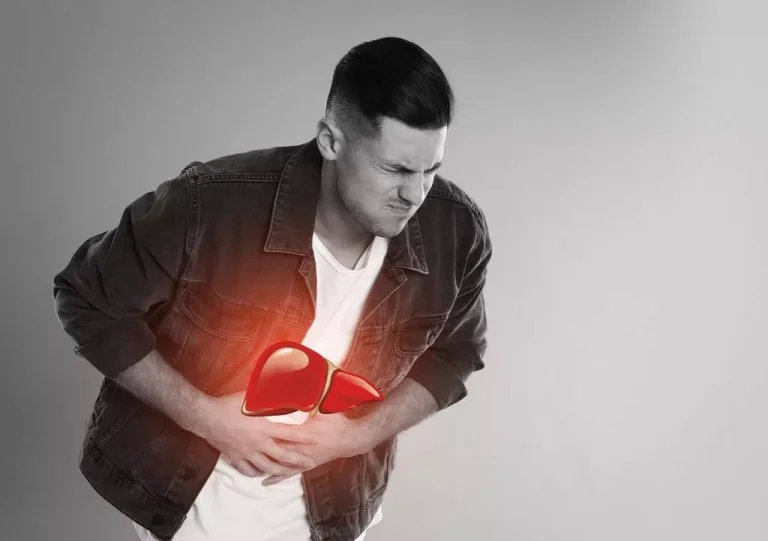
One patient with grade III neuropathy responded with the correction of low circulating vitamin B6. This study showed that as well as thiamine replacement, corrections of low circulating levels of nicotinic acid, pantothenic acid and vitamin B6 can result in an improvement of alcohol-related peripheral neuropathies. Peripheral neuropathy happens when the nerves that are located outside of the brain and spinal cord (peripheral nerves) are damaged.
- Thus, it is quite possible that chronic alcohol consumption is responsible for inducing neuropathy by activation of the caspase cascade and may be an important target for the treatment of alcoholic neuropathy.
- The cerebellum is the part of the brain that controls coordination and balance.
- Specifically, the study demonstrated worse NCS study dysfunction amongst wine drinkers, than those who drank beer or spirits alone [6].
- Among patients with chronic alcohol use disorder, neuropathy is the most common harmful sequelae.
Nutritional factors responsible for alcoholic neuropathy (indirect toxicity)
Even with treatment, alcoholic peripheral neuropathy is not reversible. The most effective strategy to prevent further neurologic deterioration is for the patient to reduce or discontinue alcohol abuse. A doctor will take a thorough health history and have you complete questionnaires related to alcohol intake to help diagnose these conditions. Medicines may be needed to treat pain or uncomfortable sensations due to nerve damage. They will be prescribed the smallest dose of medicine needed to reduce symptoms. This may help prevent drug dependence and other side effects of chronic use.
- Severe alcoholic neuropathy may cause motor weakness due to nerve damage.
- It’s about understanding the role alcohol plays in our lives and finding healthier alternatives to cope with stress, socialize, and relax.
- With new research, there is always new opportunity for advancements in treatment and prevention strategies.
- It has previously been considered in relationship to nutritional, especially thiamine, deficiencies seen in alcoholics.
- Parameters measured included vibration perception in the great toe, ankle and tibia, neural pain intensity, motor function and paralysis, sensory function and overall neuropathy score and clinical assessment.
- This biobank is a set of patient data and samples intended for research use.
Alcoholic Neuropathy
- A review of the human literature implicates nutritional deficiencies, most often thiamine deficiency, that are common in alcoholic patients, as commonly accompanying complicating factors in the development of this neuropathy.
- Supplementation with benfotiamine significantly increased concentrations of TDP and total thiamine compared with supplementation with thiamine HCl [96].
- Talk with your doctor before consuming alcohol if you have any diagnosis of peripheral neuropathy.
- A medical detox program followed by a comprehensive alcohol rehab program can manage alcoholism and help a person to get sober and stay that way.
Alcohol also alters the function of the stomach, liver, and kidneys in ways that prevent the body from properly detoxifying waste material. This waste then builds up and harms many regions of the body, including the nerves. Symptoms include tingling or numbness in the extremities, muscle weakness, changes in gait, heightened sensitivity https://ecosoberhouse.com/article/the-5-risks-of-drinking-after-work/ to touch, chronic pain, and in advanced cases, muscle atrophy and gastrointestinal disturbances. Alcoholic neuropathy might sound frightening, but understanding its symptoms, treatments, and the importance of prevention puts you in control Each action step, though small, is a leap towards a healthier, more fulfilling life.
Treatment Process
This condition often causes weakness, numbness and pain, usually in the hands and feet. It also can affect other areas and body functions including digestion and urination. It is important to stop drinking if you suffer from alcoholic polyneuropathy in order to stop the disease from getting worse and to correct the nutritional imbalance that is damaging the nerves and interfering with the nervous system. A medical detox program followed by a comprehensive alcohol rehab program can manage alcoholism and help a person to get sober and stay that way. Many alcohol rehab programs help to manage co-occurring disorders, such as alcoholic polyneuropathy.
Synthesis of results
Malnutrition has been implicated in the pathology of alcohol-related neuropathy by several authors. The data, however, is conflicting as to the role which malnutrition plays. The majority of studies which investigate the relationship between malnutrition and neuropathy focus on thiamine deficiency as an aetiological factor, drawing upon existing knowledge of Beri Beri.
Alcoholic Myopathy
- One of the other important issues in alcoholic individuals is the source of their calorie intake.
- Up to 46 percent of people with alcohol-related myopathy showed noticeable reductions in strength compared with people without the condition.
- Four studies reported abnormalities only in sensory nerves [33, 47, 63, 64], while ten reported abnormalities in both sensory and motor nerves [2–4, 16, 38, 54, 56, 58, 59, 65].
- There are certain factors some people may possess or be at risk for that can make them more likely to develop alcohol-related neuropathy.
- The decreases in nerve conduction velocity were significantly less in groups supplemented with acetyl-L-carnitine.
- The diagnostic process may involve neurological examination, blood tests, and electromyography.
The authors point out that this could be an anomaly due to the wine drinkers consuming more ethanol than other alcohol abusers but offer an alternative explanation that wine may contain more toxic impurities than other beverages. This condition can be alcohol neuropathy stages acute, affecting people for a short period of time before resolving, or chronic, lasting for a longer period of time. Researchers have not determined if this is caused by the effects of alcohol on the brain or is the result of thiamine deficiency.

Exams and Tests

